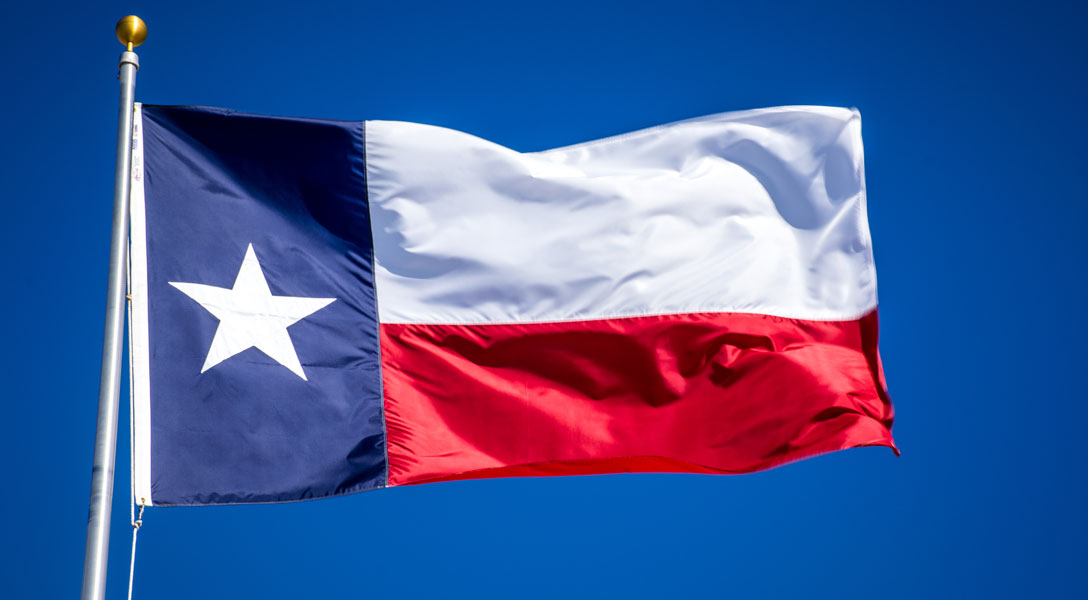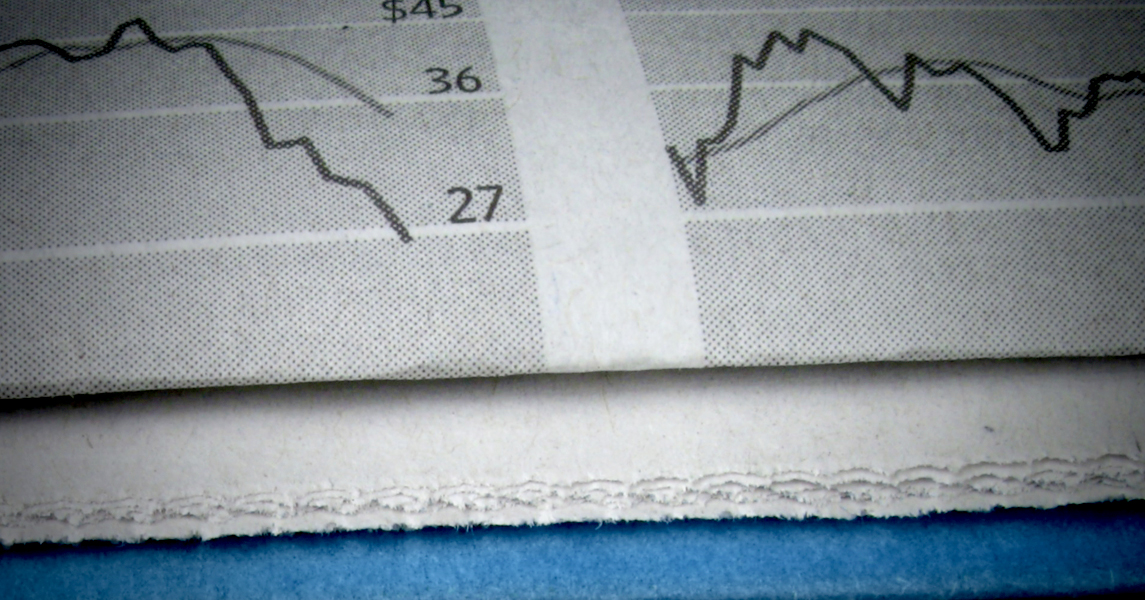
Global Perspectives: William Dudley on the financial crisis, the New York Fed and misconceptions about the Fed
William Dudley served as president of the Federal Reserve Bank of New York from 2009 to 2018. During his tenure, he was also vice chair of the Federal Open Market Committee (FOMC), the primary policymaking body within the Federal Reserve System, and a member of the board of directors of the Bank for International Settlements in Basel, Switzerland. It is often referred to as the central bankers’ central bank.
Before becoming president of the New York Fed, Dudley served as executive director of the New York Fed’s Markets Group, which implements monetary policy for the FOMC.
Dudley earned a PhD in economics from the University of California at Berkeley in 1982 and had extensive private sector experience at Goldman Sachs and Morgan Guaranty Trust Co. before joining the Fed in 2007.
Since leaving the Fed, Dudley has been a senior research scholar at Princeton University’s Griswold Center for Economic Policy Studies and a contributor of commentaries to Bloomberg News, where he addresses various challenges confronting the Fed.
The Federal Reserve Bank of Dallas recently hosted Dudley as part of the Bank’s Global Perspectives speaker series. This series was launched at the beginning of 2016 with the objective of bringing leaders from the worlds of business, academia and policymaking to the Dallas Fed to share their insights on global, national and regional developments.
Dudley and Dallas Fed President Robert S. Kaplan discussed Dudley’s role during the financial crisis, his leadership of the New York Fed and popular misconceptions about the Fed. The following are excerpts from their conversation, edited for clarity, and presented by topic.
On the financial crisis:
Dudley: For most of the financial crisis, I was running the markets group. I joined the New York Fed in January 2007 and had about six months of calm before all hell broke loose for the next year and a half. I used to go home and my wife would say, “Well, how come you’re getting home so late?” I said, “We’re in the middle of a crisis.” She said, “What kind of crisis goes on for 12 months?” She was a former JPMorgan banker, so she actually was very understanding. Had she worked in a totally different field, I think my answer would have been less credible to her.
When things are going wrong, when the financial markets aren’t working well, people don’t want to lend and people can't borrow. You first have to understand what’s happening, what’s wrong. And then once you get the diagnosis, you ask, “What can the Federal Reserve actually do about it?” And it’s a very awkward period because you want to make sure the program that you bring forth will actually work.
So, how can you bring forth a program that you know will work without actually talking to people in financial markets? But talking to people in financial markets may tip your hand about what the Federal Reserve is actually going to do, and that would amount to sharing nonpublic information. It’s a very, very, awkward dance to try to get the information you need from the financial markets’ participants so you can design something that actually works.
One of the most awkward moments I had was when we were setting up the commercial paper funding facility that was going to basically backstop the commercial paper market (used by large companies for very short-term funding) in the fall of 2008. For it to work, it was really, really important that General Electric, which was the biggest commercial paper issuer at the time, participate.
So, I called [GE Chief Executive Officer] Jeff Immelt and said, “Jeff, so hypothetically, if we set up something that looks sort of like this—and, of course, I'm not saying we’re going to do this—is this something that you think that you could get your arms around participating in?” I had to have that conversation because if he had said “No, that won't work for us,” then the facility wouldn’t have worked, and it would have been ineffective. Those are some of the tricky things that you do in the middle of a financial crisis.
Being president of the New York Fed:
When I joined the New York Fed at the beginning of 2007, people said, “Oh, you’re here because you're hoping to become president of the New York Fed.” I said, “No way. Tim Geithner is nine years younger than me. Tim Geithner can be here as long as he wants.” But when Barack Obama became president, the calculation started to change. “Well, Barack Obama is the president, he could name Tim Geithner as Treasury secretary, and the board of directors of the New York Fed could conceivably name me the president of the New York Fed.”
And so, at that point, I sort of thought, “It’s possible that I could become president of the New York Fed.” It was a really long shot, but that’s how it worked out. Tim became the Treasury secretary, and the board of directors of the New York Fed did a search, led by [Chairman] Steve Friedman, and I was sort of in the right place at the right time.
Well, the New York Fed is a big complicated institution, and there were lot of things about the New York Fed that I wasn’t very familiar with. I wasn’t very familiar with banking supervision. I wasn’t very familiar with some of the payments businesses the New York Fed operates and so, I had to learn about and understand that a little bit better.
And obviously, as a president, you’re actually making policy, and you become even more deeply involved with the chair of the Federal Reserve and the vice chair of the Board of Governors. The so-called troika consists of the chair, the vice chair of the Board of Governors and the president of the New York Fed. That group figures out what the agendas are for the next FOMC meetings. They do not set the policy, but they have a lot to do with what we’re going to talk about, what kind of papers the staff are going to work on and what kind of materials we can provide to the rest of the FOMC. Being in that core group is pretty interesting, pretty exciting.
Decision-making at the Fed:
This idea that the chairman of the Federal Reserve gets to do whatever he or she wants to do, that’s not true. First, you have got to bring the troika along with you. The three people will basically debate among themselves and try to get to a place where they’re all in agreement. And then, if you have this core group that’s in agreement, it’s easier bringing the rest of the committee along.
But nothing is done unless the committee is almost all on board. You have dissent from time to time. One dissent, two dissents. Three dissents would be a lot of dissents. That would actually be quite a bit of disagreement among the FOMC.
So, it’s really a consensus-building process, and you really need to educate, inform, debate. A lot of times when the Fed is slow to reach decisions, you sort of think, “Why are they taking so long to reach a decision?” Oftentimes, that’s because there’s lack of agreement. More work needs to be done to bring people together, to figure out what’s the best way to go forward.
Biggest misconception about the Fed:
I think the biggest misconception about the Fed is, how powerful the Fed is. The Fed is powerful on monetary policy, but monetary policy can only do so many things.
For example, a lot of people are rightly upset with the fact that income distribution in the United States has gotten badly skewed. But the ability of monetary policy to address that is really very, very limited.
Some people are arguing, “Well, the Fed should not have done quantitative easing because that boosted stock prices and that made richer people richer.” Would it have been better to have a weaker economy and not have the stock market go up? That’s a crazy idea, right? You wouldn’t want to keep people unemployed just so that the stock market doesn’t go up. So, there’s a little bit of a misconception about what the Fed can actually do with the toolkit that it has.
During the financial crisis, we allowed people to come in the New York Fed and say, “We want you to do X.” And I would point them to the Federal Reserve Act and point out that about two-thirds of the things that they wanted us to do were all illegal under the Federal Reserve Act. “We want you to go buy stocks. We want you to go buy corporate bonds. We want you to rescue Detroit. We want you to …”—all sorts of things that we want you to spend money [on such as] modifying mortgages for homeowners that are in trouble on their mortgages.
The Fed has no fiscal authority. It cannot spend money on behalf of the federal government. In the financial crisis, everything that we were trying to design, we were trying to design so that at the end of the day, the Federal Reserve would come out whole. And one of the things that I’m most proud of during the financial crisis is that every facility that we introduced made a profit at the end of the day.
That wasn’t the point of the facility. The point of the facility was to support the financial system, support the economy; but at the end of the day, we designed them carefully, so the Fed won’t be guilty of spending money that the taxpayer hadn’t authorized. I’m very proud of the fact that we didn’t lose money on any of the things that we did.
We had lots of interesting adventures. At one point, the New York Fed owned a shopping mall in Oklahoma City. Now, what do we know about managing a shopping mall in Oklahoma City? We owned it because that came to us through Bear Stearns [an investment bank that failed in 2008]. There was a whole bunch of stuff during the financial crisis where we found ourselves in areas where we didn’t have a lot of expertise, which was another ‘awkward-ish’ situation.
We had to turn to the private sector to help us provide expertise where we didn’t have that expertise. We used BlackRock, we used Pimco, we used a number of clearing banks to help us do things that we didn’t literally have the capacity to do. You know, these things had to be up within weeks and months. We could have built something, but probably would have taken several years, and we didn’t have several years to build something new.
About the Author
Mark A. Wynne
Wynne is vice president and associate director of research in the Research Department at the Federal Reserve Bank of Dallas.
The views expressed are those of the author and should not be attributed to the Federal Reserve Bank of Dallas or the Federal Reserve System.




